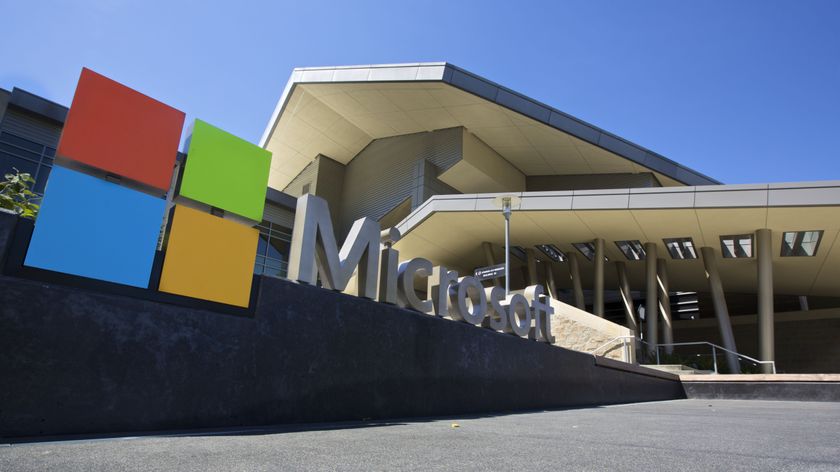Gartner: determining the tech trends that matter
Spotting technology trends before the hype

Considering the rapid pace at which technology trends emerge and evolve, it can be difficult deciding which of those trends present opportunities and which pose risks. Each technology trend might have different kinds of potential impact: broad and global, or narrow and niche.
Trends rarely act in isolation: consider established digital technologies, such as the Internet of Things (IoT) and artificial intelligence (AI), which combine to generate new trends that then create an exponentially bigger impact.
Samantha Searle is a Principal Analyst at Gartner.
Data and analytics
For instance, IoT-generated data is being applied to advanced analytics and machine learning. This process produces a greater number of intelligent applications and agents capable of suggesting the best response in any given situation. Combining all three technologies has created the digital twin, a digital representation of a real-world entity or system.
However, the digital twin might not prove relevant to all modern enterprise needs. This is why approaching trends in a comprehensive, ‘big picture’ way is essential. It’s tempting to be sold on overhyped trends, but not all trends are equal, and not all will apply.
The question then becomes: how can you tell which technology trends will evolve to cause considerable disruption or create new opportunities for your specific organisation? Three key factors will ultimately enable you to identify the potential impact of a particular technology trend on people, business, IT, and the technology market:
- New value. Identify clear business opportunities that this technology trend could help exploit, or challenges that it could help solve to produce better business outcomes;
- Level of digital disruption. Decide whether adopting this trend would mean changing your organisation’s business model or involve developing a new one. Could this new trend replace existing technologies or ways of doing business? How could this trend disrupt the technology market? Although there will probably be opportunities for new providers, new trends can disrupt the services and performance of existing providers on which your organisation may rely;
- Type of impact. Investigate whether the trend’s impact will be felt only within your organisation, or whether it will have an external impact on your organisation.
Impact of trends
Technology trends can also differ depending on how far-reaching their impact may be. Different trends might affect a single country, several countries, or impact an entire region. The size of a trend’s impact will depend on the social, cultural, geopolitical, and economic factors in a particular country or region.
It’s also worth bearing in mind that a trend might have a direct or indirect impact on interactions between people, businesses, IT departments, or technology departments. It might also affect the tasks and operations that these people or departments perform.
Are you a pro? Subscribe to our newsletter
Sign up to the TechRadar Pro newsletter to get all the top news, opinion, features and guidance your business needs to succeed!
Virtual reality, augmented reality, and virtual personal assistants (VPAs), such as Apple’s Siri, Microsoft’s Cortana and Amazon’s Alexa, are trends that have had a direct impact. This is because these trends have changed the way we interact with devices and businesses.
Trends around cloud computing and mobile technology have similarly had substantial and direct impact on businesses, IT departments, and the technology market. In effect, these technologies have forced a complete overhaul of application strategy, which now bases applications on software as a service (SaaS) and extends them onto mobile devices via apps.
Responding to trends
There are a whole host of factors that will affect an organisation’s ability to respond to a particular technology trends and the technologies relating to it. These factors include cost, regulation considerations, privacy concerns, usability, and societal response. The extent to which these factors affect an organisation’s response to a particular technology trend will inevitably vary, depending on trend maturity.
A perfect example can be found in emerging technology trends. These trends tend to come saddled with greater concerns around risk, security, and privacy. As a trend grows, factors including cost and risk decrease in importance, while factors such as implementation activity and usability come to the fore.
When trends go mainstream
Eventually, a trend enters the mainstream, gaining a stronger social and cultural response, while increasing adoption means that authorities need to provide more regulation relating to the particular trend.
When responding to a technology trend that appears on their trendspotting watchlist, you can do the following:
- Ignore the trend, as it is unlikely to be relevant to your organisation’s business model and strategy;
- Monitor the trend periodically to see if its potential impact or maturity has changed. In addition, you can explore potential impacts and applicability into modernisation and innovation efforts on a continued basis;
- Mitigate the impact of the trend, or prepare but prepare for how it might negatively affect your business and industry even if you decide not to adopt it;
- Adopt the trend and apply it in business, actively factoring it into projects given its potential and business value;
- Leverage the trend to reinvent the business model because it has a very clear relevance to concrete and current business needs and opportunities that could deliver significant competitive advantage and enable your organisation to be the disruptor, not the disrupted.
Spotting technology trends before they become shrouded in hype and understanding their nature from the organisation’s perspective before responding to them is crucial.
Samantha Searle is a Principal Analyst at Gartner.
Samantha Searle is the Senior Principal Analyst at Gartner. She works as a senior principal analyst in the CTO and technology innovation team, researching and advising clients on topics such as disruptive technology trends, driving technology innovation, the changing role of the Chief Technology Officer (CTO) and innovation labs.















